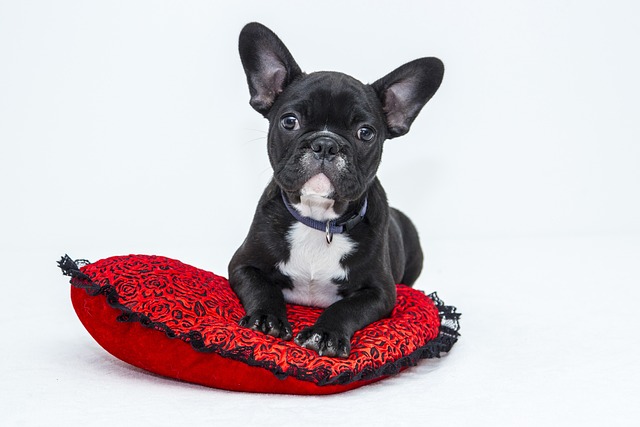
When should my puppy be fully potty trained?
When should my puppy be fully potty trained? If you’re a new pup parent staring at a pee-stained rug, this question is probably keeping you up at night.
If you've ever lived with a Beagle, you know these adorable hounds come with an endless supply of energy. Those floppy ears and soulful eyes might melt your heart, but their constant barking and hyperactivity can test your patience. The good news? With consistency, positive reinforcement, and understanding their unique traits, you can teach your Beagle to stay calm in various situations.
First off, recognize that Beagles are scent hounds bred for hunting. Their instinct to follow smells and alert you to "intruders" (even if it’s just a squirrel) is hardwired. Start by ensuring your Beagle gets enough physical and mental exercise. A tired dog is a well-behaved dog, as the saying goes. Long walks, interactive toys, and scent games can tire them out and curb excessive energy.
Positive reinforcement is key. Whenever your Beagle shows calm behavior—like sitting quietly instead of jumping on guests—reward them immediately with treats, praise, or a favorite toy. Avoid scolding when they act up; this only increases anxiety and makes the problem worse. Instead, redirect their attention to an appropriate activity.
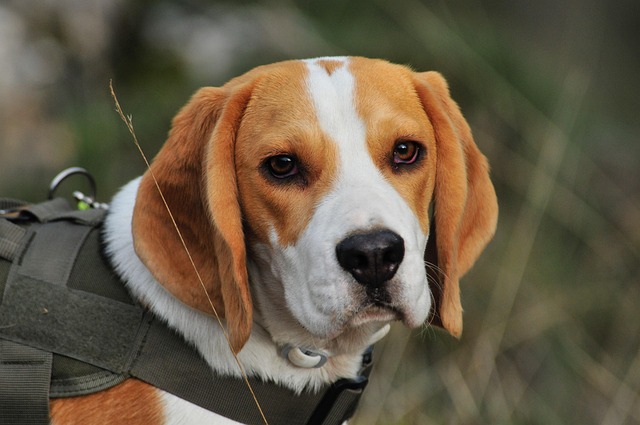 Create a consistent routine. Dogs thrive on predictability. Set regular meal times, walks, and play sessions. This helps your Beagle feel secure and reduces stress-induced hyperactivity. Consider using a crate as a safe space where they can relax. Line it with soft bedding and their favorite blanket to make it cozy.
Create a consistent routine. Dogs thrive on predictability. Set regular meal times, walks, and play sessions. This helps your Beagle feel secure and reduces stress-induced hyperactivity. Consider using a crate as a safe space where they can relax. Line it with soft bedding and their favorite blanket to make it cozy.
In many areas, noise ordinances apply to pets, too. Excessive barking can lead to complaints from neighbors and potential fines. Teaching your Beagle the "quiet" command is essential. When they start barking, wait for a brief pause, then say "quiet" in a calm voice and offer a treat when they stop. Practice this regularly until they respond reliably.
Socialization also plays a huge role. Expose your Beagle to different people, animals, and environments from a young age. This helps them feel more comfortable in various situations and reduces fear-based barking or overexcitement. Just make sure to follow local leash laws and vaccination requirements when introducing them to new experiences.
Remember, every dog is unique, and training takes time. Don’t get discouraged if progress seems slow. Celebrate small victories, stay consistent, and your Beagle will learn to balance their natural enthusiasm with peaceful moments. With a little effort, you’ll have a well-behaved furry friend who’s a joy to be around, whether at home or out and about.

When should my puppy be fully potty trained? If you’re a new pup parent staring at a pee-stained rug, this question is probably keeping you up at night.
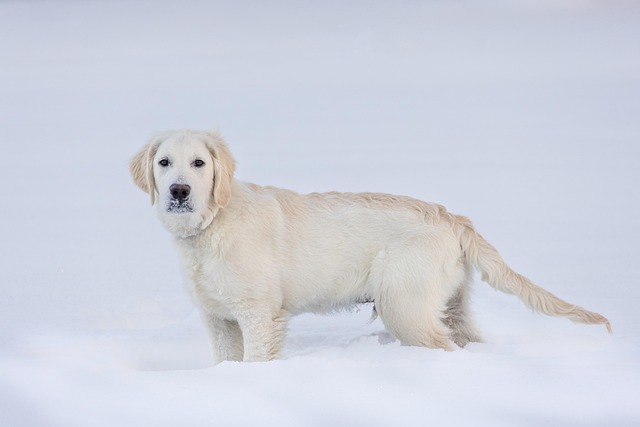
Imagine calling your 8-week-old golden retriever mix, “Daisy!” while she’s gnawing on your shoe, and getting zero eye contact. It’s frustrating, but here’s the thing: puppies don’t ignore you on purpose.
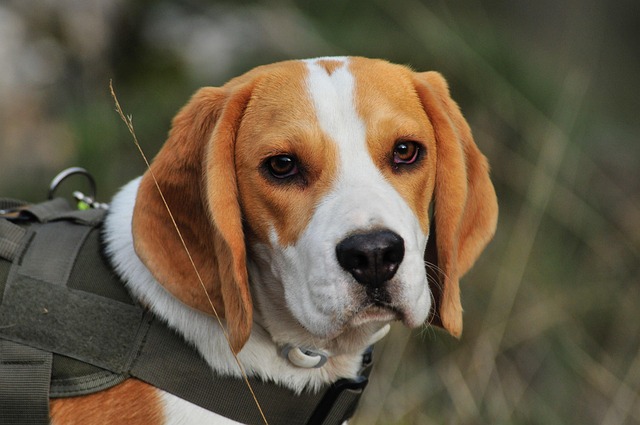
If you've ever lived with a Beagle, you know these adorable hounds come with an endless supply of energy. Those floppy ears and soulful eyes might melt your heart, but their constant barking and hyperactivity can test your patience.
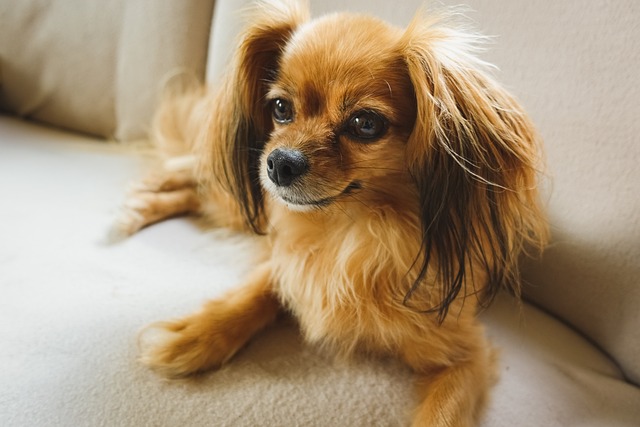
Picture this: You reach to take Cooper’s chew toy, and your sweet Labrador suddenly freezes, lips curled in a snarl. That gut-punch moment when your dog shows aggression
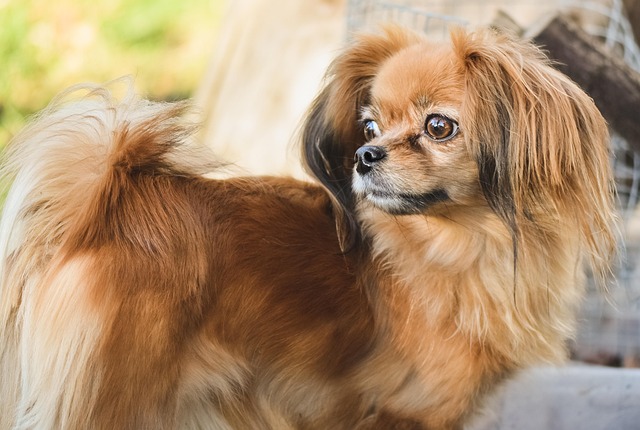
How to train an aggressive dog to not be aggressive? If you’ve ever frozen when your pup barks fiercely at the mailman or lunges at another dog during a neighborhood walk
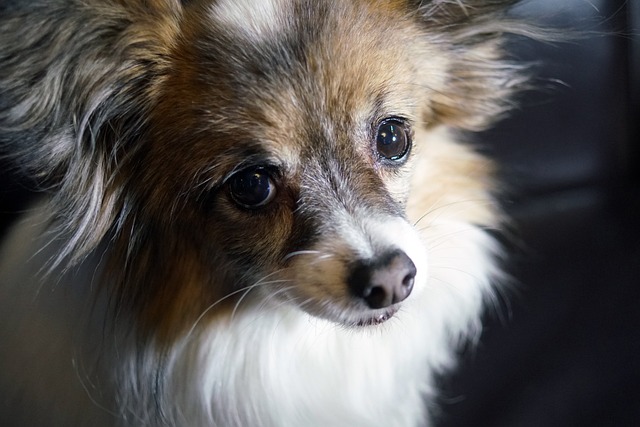
Picture this: you're walking your new rescue, Max, in the local park. A jogger approaches, and suddenly Max stiffens, a low growl rumbling in his chest.